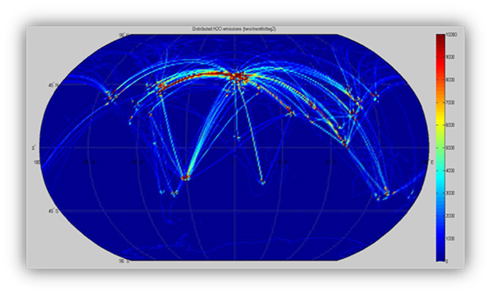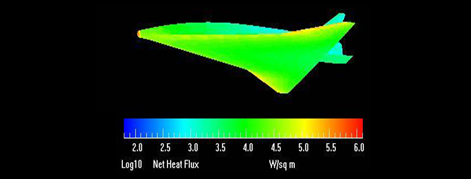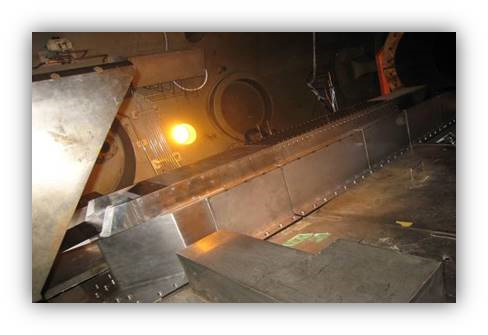HIKARI: Main results and foreground
You are here
Home / HIKARI: Main results a ...The topics and the results of the HIKARI project
Is it worth the effort?

When societal needs meet innovation
In order to prove the adequacy between High Speed Transport (HST) and societal and market needs, HIKARI performed a market analysis that would set up criteria for the possible profitable development of a future high-speed aircraft.
Result: The market analysis and high level technical trades have shown that the most promising vehicle to address high speed passenger transport would be a ~14000km range ~ Mach 5 aircraft, with high performance levels to ensure affordable ticket prices. The market capture could then exceed 20% and allow sustainable operations of a worldwide fleet of more than 200 aircrafts by 2040+.
To accompany the market growth and master the risk associated with such a development, an incremental approach is recommended, starting first with a smaller size vehicle (<100 passengers) and progressively moving towards larger aircraft.
Can it be green?

Example of emission distribution for HS fleet
Environmental Friendly High Speed Transportation
The aim of this research axis was to analyze the impact of high speed emissions on the atmosphere and on the long term effects on the climate, while taking into account production and distribution issues as a function of the type of fuel.
Result: Technology wise, the hydrogen fuel, though providing excellent range and cooling capacity, might not be the only alternative to consider, for other fuels (bio liquid hydrocarbons) might provide better overall climate/performance characteristics. Hence, the use of hydrogen is not an obvious greener solution than hydrocarbon fuels, and the latter are still good candidates for the high altitude / high speed application. An investigation of alternative designs using other fuels (e.g. LNG) is thus recommended.
Do we have the power?

Thermal & Energy management
This HIKARI activity focused on assessing different options and developing a complete thermal and energy management system.
Result: : Regarding the energy and thermal optimization, the technology progresses accomplished within HIKARI, both on the modelling side and on the demonstration side provide credible building blocks to the future aircraft concept. Furthermore, these technologies offer real synergies with other industries, and promising short term applications.
Aircraft or rocket?

PCTJ Mach 4 Wind-tunnel Test
Propulsion
HIKARI focused on propulsion systems that require very specialized knowledge owned by only a few entities in the world. Concepts involving one single engine as well as combinations of different engine types have been studied, along with the respective tanks required for each option. This topic also included an assessment of noise at take-off resulting from the options studied.
Result: : Two propulsion types were specifically considered: the Pre-Cooled Turbojet (PCTJ) and the reusable rocket engine. The fuel system to feed the engines, and especially the tank characteristics were also analyzed for two fuel types: liquid hydrogen and liquid methane. Additionally, the noise of an aircraft propelled by this multi-cycle engine has been simulated in the airport environment. First results, prior to any noise reduction procedure or engine design optimization, indicate noise levels inferior to those of the Concorde. Specific emphasis should be given in the coming steps to prepare the noise regulation applicable to high-speed aircraft and to adjust the design and procedures to minimize the noise impact in the airport vicinity.
Contact
EASN Technology Innovation Services BVBA
Terweidenstraat 28
B-3440 Budingen
Belgium
EASN Technology Innovation Services BVBA
Patras Science Park
Stadiou Str., Platani
26504, Patras, Greece
Tel: +30.2610.911378
EASN Technology Innovation Services BVBA
Ioanni Polemi 32A
3085, Limassol , Cyprus
Tel: +357.25212390
EASN Association
© 2024 EASN Technology Innovation Services · All rights reserved


